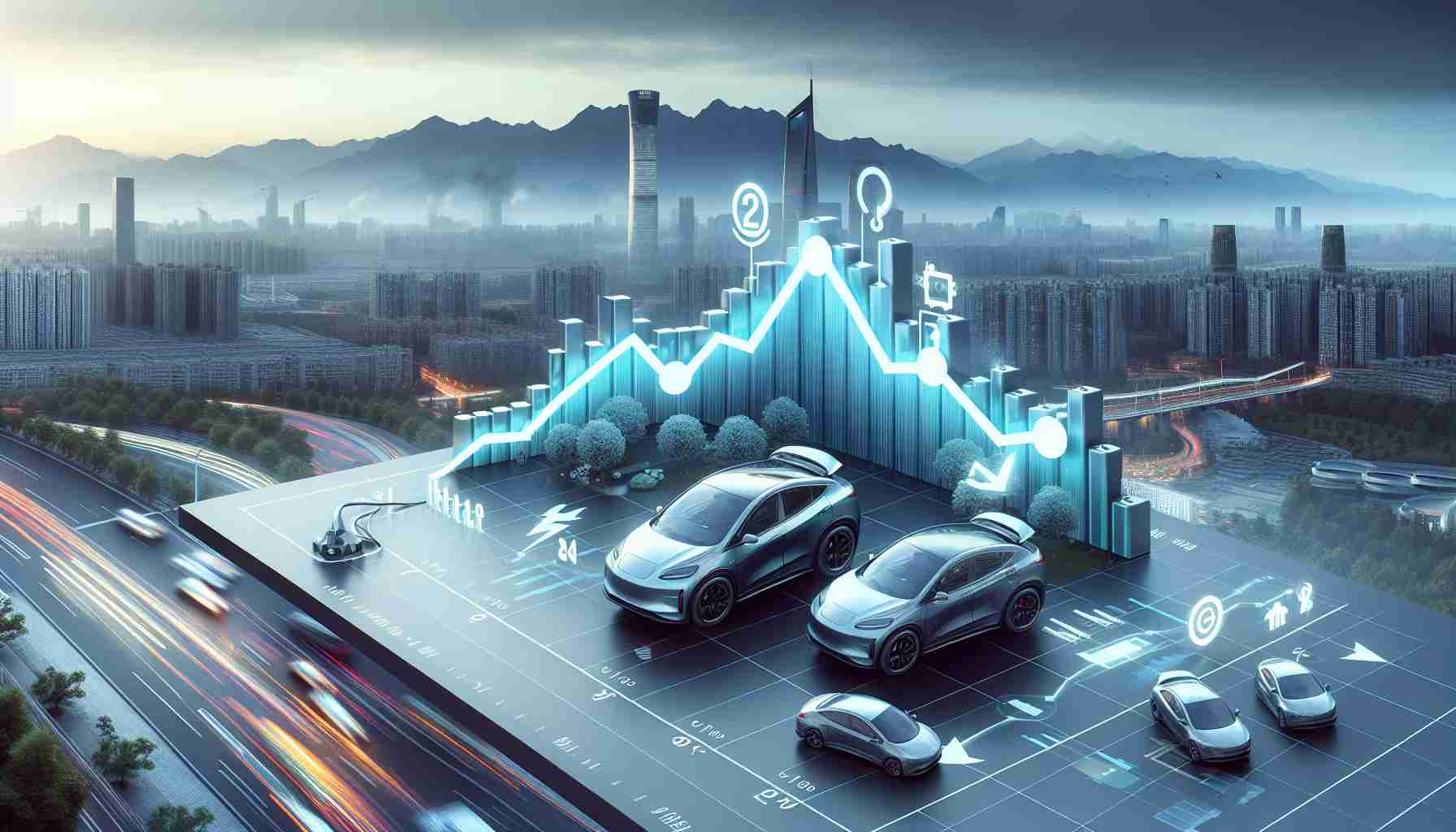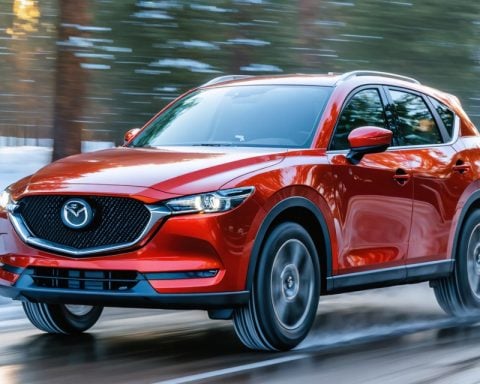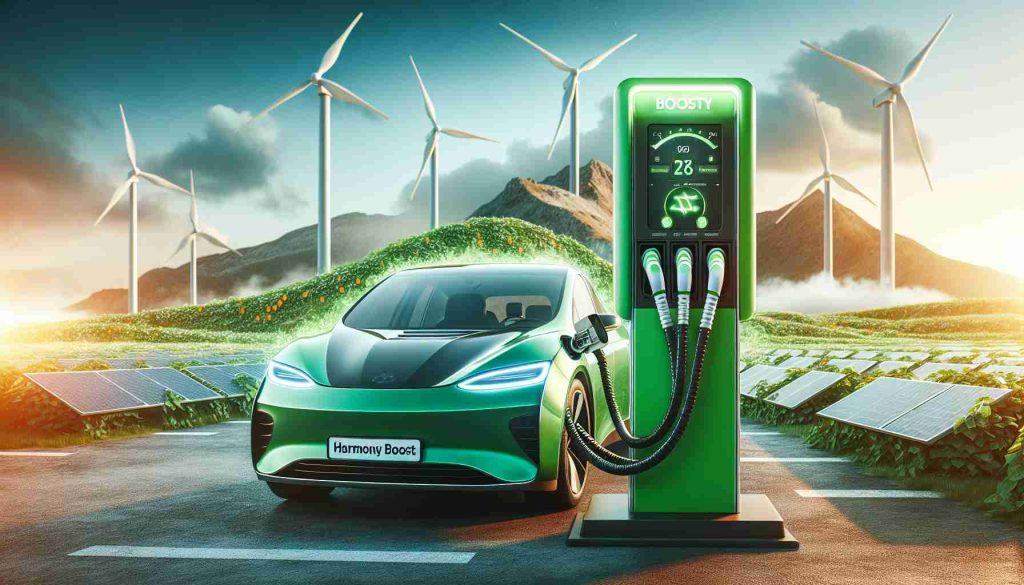The latest figures reveal a significant decrease in electric vehicle (EV) deliveries in mainland China. In the first 12 days of the new year, sales of pure electric and plug-in hybrid cars dropped by a staggering 50%, totaling only 206,000 units. This decline is particularly striking when compared to the previous month, December, when sales were notably higher as reported by the China Passenger Car Association (CPCA).
Analysts attribute this slump to the cessation of government subsidies for EV purchases, which were phased out at the start of the year. The removal of these incentives, which had previously encouraged increased sales, has resulted in a hesitant market for electric vehicles. An independent analyst from Shanghai pointed out that such fluctuations in sales figures indicate ongoing volatility within the industry, despite a growing acceptance of EVs.
Looking back, December saw a remarkable spike in sales, with 1.38 million electric cars delivered, reflecting a 10% increase from the month prior. Buyers hurried to take advantage of the subsidies before their expiration, highlighting the market’s dependency on such government support. As the new year unfolds, the future of EV sales in China remains uncertain, showing the delicate balance between incentives and consumer demand in the world’s leading electric vehicle market.
Shifting Currents in the Electric Vehicle Market
The recent drop in electric vehicle (EV) sales in mainland China underscores a critical juncture for the future of both the automotive industry and environmental efforts globally. With a staggering 50% decrease in deliveries in early January, the implications of this shift extend far beyond mere numbers; they may redefine the landscape of sustainable transportation.
As the Chinese government withdraws subsidies, reliance on such incentives reveals a fragile relationship between consumer behavior and policy measures. This dynamic could prompt similar challenges in other markets, where government backing shapes the pace of adoption. A failure to sustain interest without fiscal support might lead to broader economic repercussions, potentially stalling investments in innovation and infrastructure crucial for transitioning to greener alternatives.
From an environmental standpoint, this lull in EV sales could hinder the progress toward reducing carbon emissions and combating climate change. If consumers turn back to fossil-fuel vehicles due to cost or uncertainty, it could negate the significant strides achieved in recent years, emphasizing the need for governments worldwide to reassess their strategies to encourage sustainable transportation.
Looking ahead, the market may evolve towards a model that prioritizes competitive pricing and performance over subsidies. Companies will likely need to innovate rapidly to attract consumers without external financial incentives, which may lead to a new wave of EV technology focused on affordability and efficiency. The long-term significance of these developments cannot be overstated; they will shape both the global economy and cultural perceptions of sustainability well into the future.
The Future of Electric Vehicles in China: Sales Plummet Amid Subsidy Cuts
Declining Electric Vehicle Sales in China
Recent reports indicate a notable decline in electric vehicle (EV) deliveries in mainland China, with an alarming 50% drop in just the first 12 days of the new year. During this period, sales of pure electric and plug-in hybrid cars totaled only 206,000 units, a stark contrast to previous months. This downturn has raised concerns among stakeholders in the EV market, particularly as December had showcased a high of 1.38 million electric cars delivered—a 10% increase from November.
Causes of the Decline
The primary reason for this drastic reduction in EV sales is the cessation of government subsidies for electric vehicle purchases. As announced, these incentives, critical for encouraging consumer buying behavior, were phased out at the beginning of the year. Analysts warn that this shift reflects ongoing volatility in the Chinese auto market, highlighting a dependency on governmental support for sustained sales momentum.
Market Insight: Trends and Predictions
Trends
With the subsidies no longer in play, the industry is facing a pivotal moment. Experts forecast that consumer hesitancy may persist, as buyers reassess their purchasing decisions without the financial incentives that once prompted them to choose EVs over traditional vehicles.
Predictions
As manufacturers respond to changing dynamics, many are investing in innovations that could bolster consumer interest. Features like extended battery life, improved range, and aggressive pricing strategies are expected to become focal points for companies looking to capture market share amidst this uncertainty.
Pros and Cons of Electric Vehicle Market Changes
Pros
– Sustainability Focus: The ongoing global push for sustainable practices may still encourage buyers to consider EVs as a long-term alternative, regardless of subsidies.
– Technological Innovations: Manufacturers are likely to accelerate advancements in EV technology, leading to better vehicle performance and customer satisfaction.
Cons
– Reduced Accessibility: Without financial support, EVs may become less accessible to average consumers, especially in a market sensitive to price changes.
– Market Instability: The current volatility might deter new entrants and investors, potentially leading to slower long-term growth in the sector.
Use Cases and Applications
Electric vehicles are increasingly adopted not only for personal use but also in commercial sectors, including delivery services and ride-sharing platforms. Businesses are recognizing the cost-efficiency of switching to electric fleets, which may insulate them against fluctuations caused by government policy changes.
Conclusion: Looking Ahead
The landscape of electric vehicle sales in China is now at a crossroads. As the market adapts to the removal of subsidies, the focus shifts towards innovation and consumer engagement. Understanding the delicate interplay between government policies and market demand will be crucial for stakeholders navigating this challenging yet promising sector.
For more insights into the evolving electric vehicle market, visit AutoWeek for the latest updates and analysis.
















